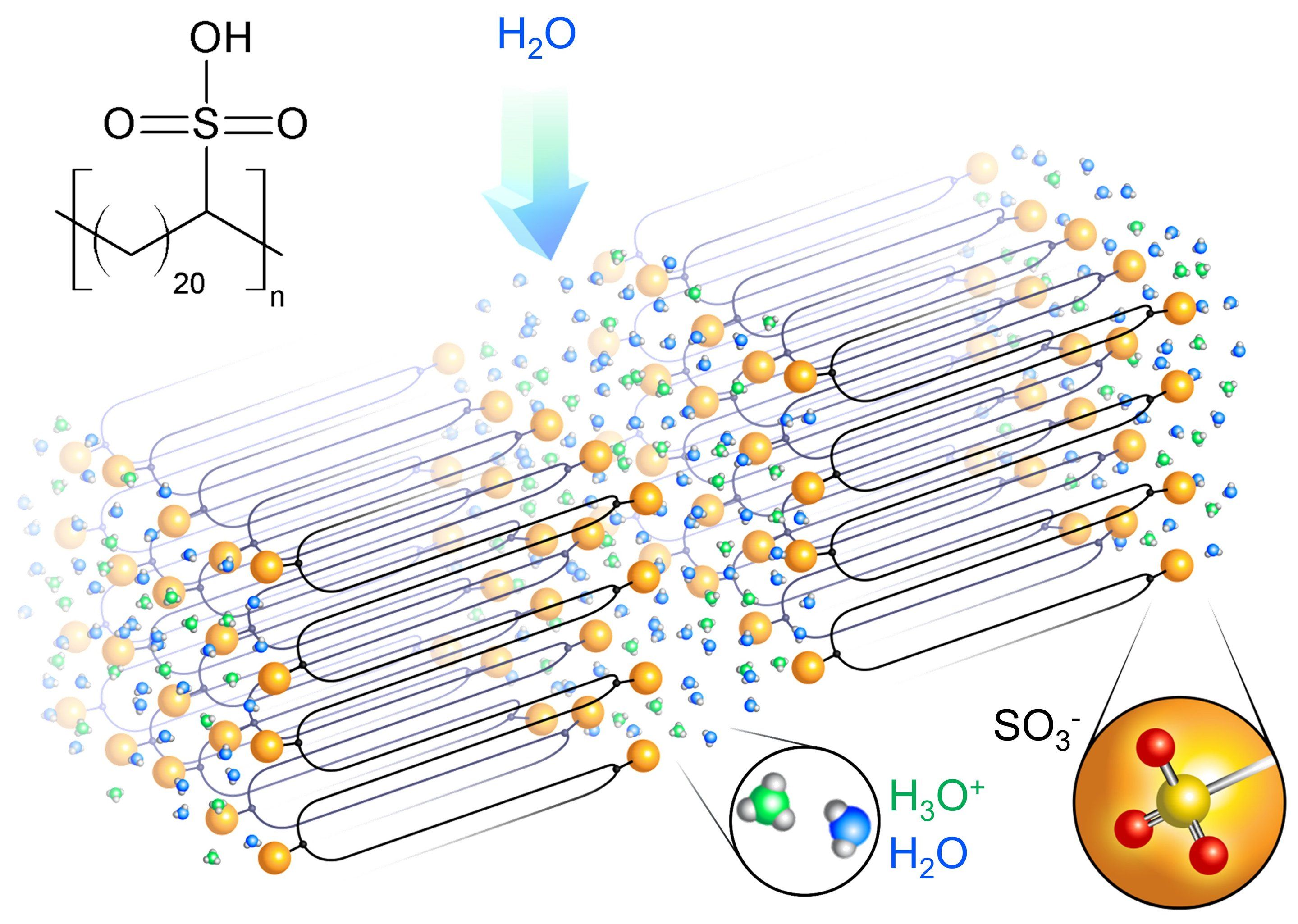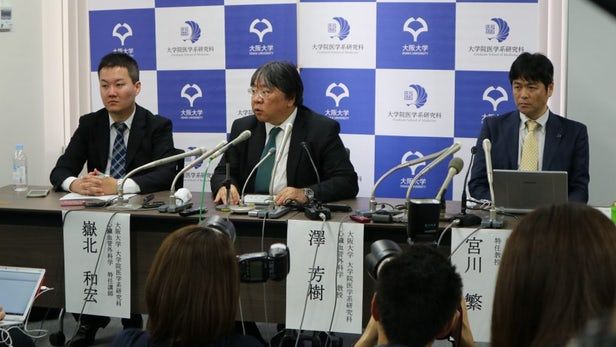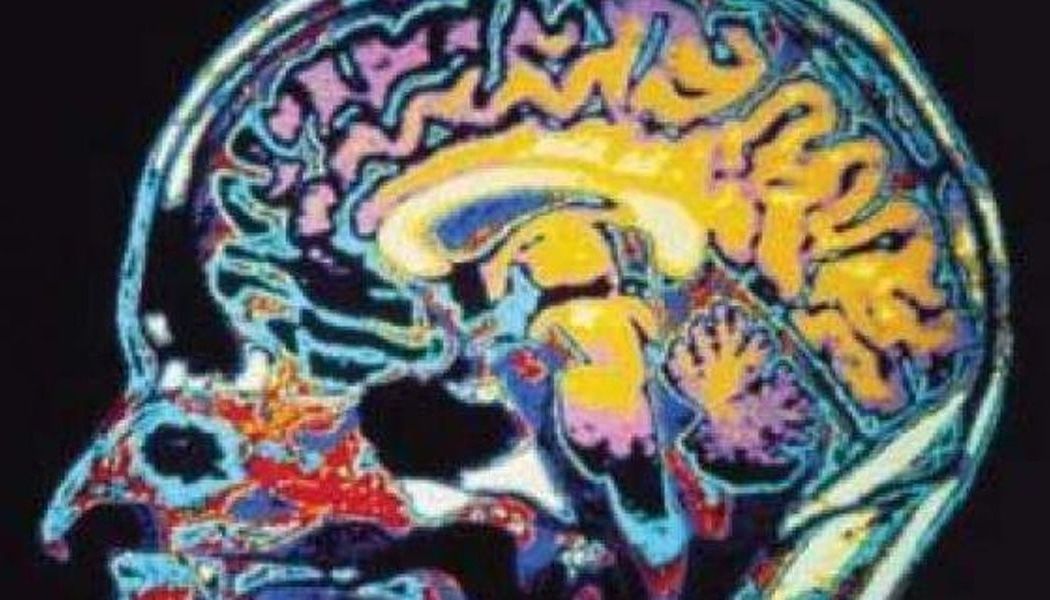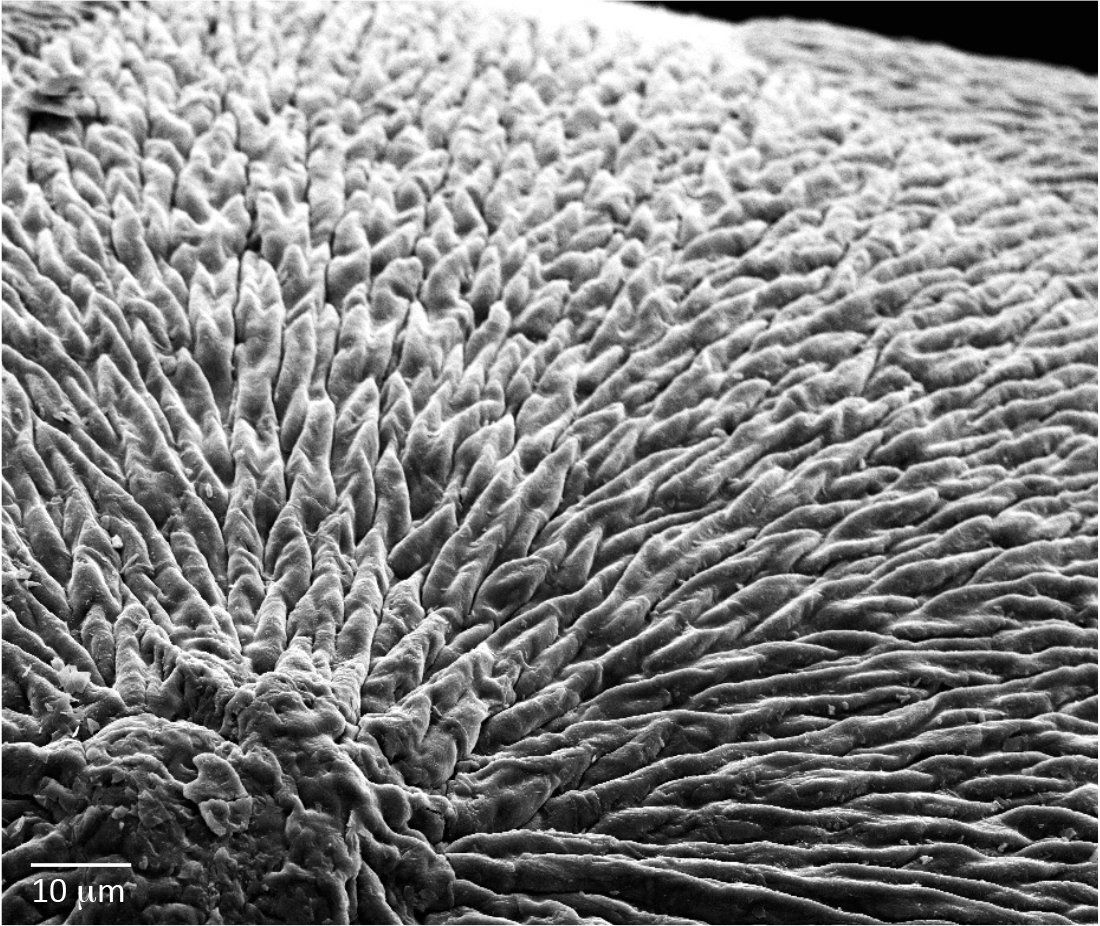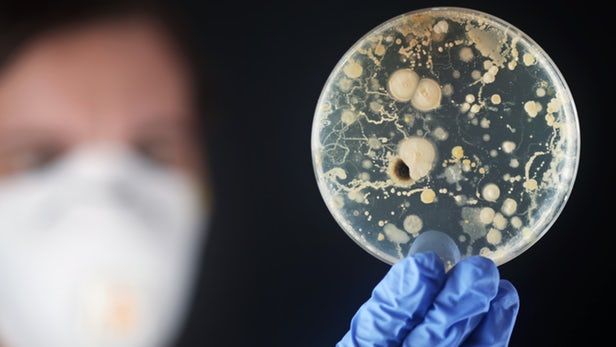Jun 1, 2018
Dandelion wants to play a role in home geothermal
Posted by Bill Kemp in category: habitats
Not familiar with residential geothermal heating? No surprise. Chris Martin in Bloomberg explained that “Residential geothermal heating is uncommon, in part because the expense and effort to dig the wells make them costly to install in existing homes.”
Dandelion CEO Kathy Hannun told CNNMoney that “It’s a very niche technology that hasn’t taken off at all in this country.” Her Brooklyn-based company, Dandelion, is out there to make geothermal heating—extracting underground heat to keep homes warm— more affordable for homeowners.
On Wednesday, Dandelion launched the Dandelion Air as a home heating and air conditioning system. Dandelion’s claims: it’s 4 times more efficient than any furnace on the market and almost twice as efficient as a conventional air conditioning system. So, when you go up to Dandelion’s web site there is one sole message and it reads loud and clear. “Geothermal heating and air conditioning so efficient it pays for itself.”
Continue reading “Dandelion wants to play a role in home geothermal” »

